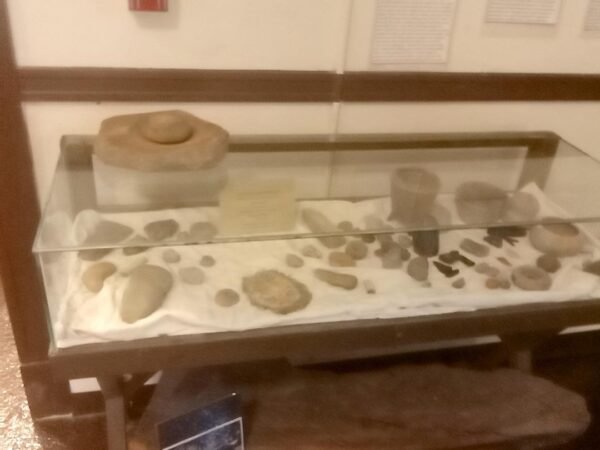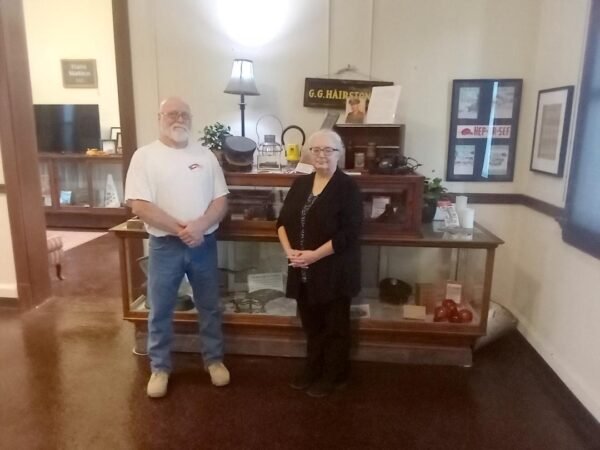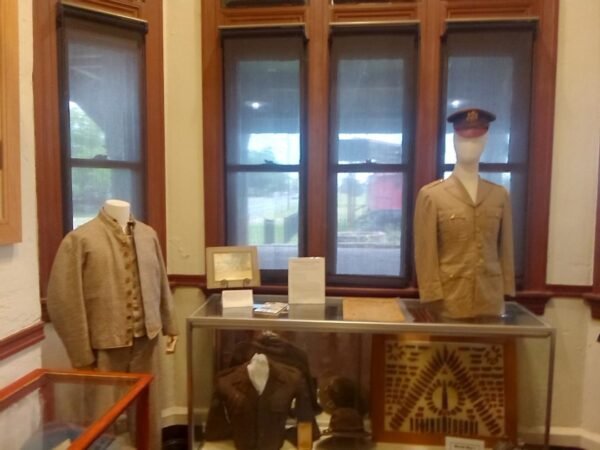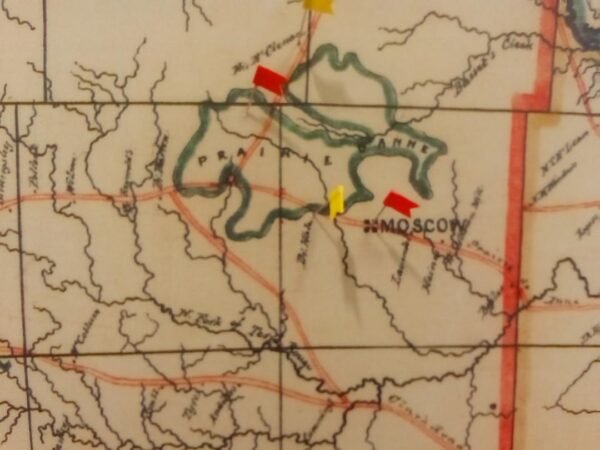Nevada County Depot Museum Holds Extensive History of the Area

Entering the town of Prescott, it is obvious that there is some history within the city limits. From the county fair to the mural and the Depot Museum, an individual can get a taste for the history of the city. The Depot has many artifacts including a historical map. The museum has items from the civil war period, medicine and remedies from the early 1900’s, and Native American artifacts mostly from the Caddo tribe.
In visiting the museum, one will learn of history of both Prescott and southwest Arkansas. The director, Jamie Simmons, is both very knowledgeable and willing to talk about the history of the town as a railroad town established in 1872. She notes the town was very dependent on the railroad as an employer. Southwest Arkansas was the least populated part of the state as it required large parcels of land for growing crops. In contrast, northern Arkansas supported family farms of 40 acres.
Nevada County’s largest population was in 1920 when over 21,000 people lived there. There used to be a railroad from Prescott to Pike County. When the passenger train service ceased, the population of the area declined.
During the time of the Civil War there was a settlement in the area named Moscow. Prairie D’Ane battlefield was part of a drive of union troops with another one in Louisiana. The eventual goal of this campaign was to cut off Texas. As the union troops ran out of supplies, they retreated to Camden and took it over. Confederate soldiers had dug in on the prairie with fortifications and then pretended to retreat towards Washington.
Simmons also talked about the medicine of the early 1900s and spoons used to measure medicine. She is also quite knowledgeable about their Native American artifacts which are mainly from the Caddo.. Simmons said the Caddo covered a large area of land with Prescott being on the edge of their territory. This territory covered Texas, Louisiana and Oklahoma as well as southwestern Arkansas. The Caddo were a loose confederation of different related groups.
The Quapaw also bordered on Nevada County, but to the Northeast. The pottery in the museum is known to be from the Caddo as it is made of red clay and is quite different from the Quapaw style. The pottery was believed to have spiritual significance. The museum also possesses the tip of a native canoe that would have been quite large.
As the Trail of Tears goes to the north and south of Nevada county and European settlers arrived while tribes were still in the area, many people in southwest Arkansas can claim native ancestry.
Simmons talked about two planned projects. One is the joint creation of a genealogy club with the library’s help. The club will organize field trips and workshops. The other is to do a native species demonstration garden across the street from the Museum.








